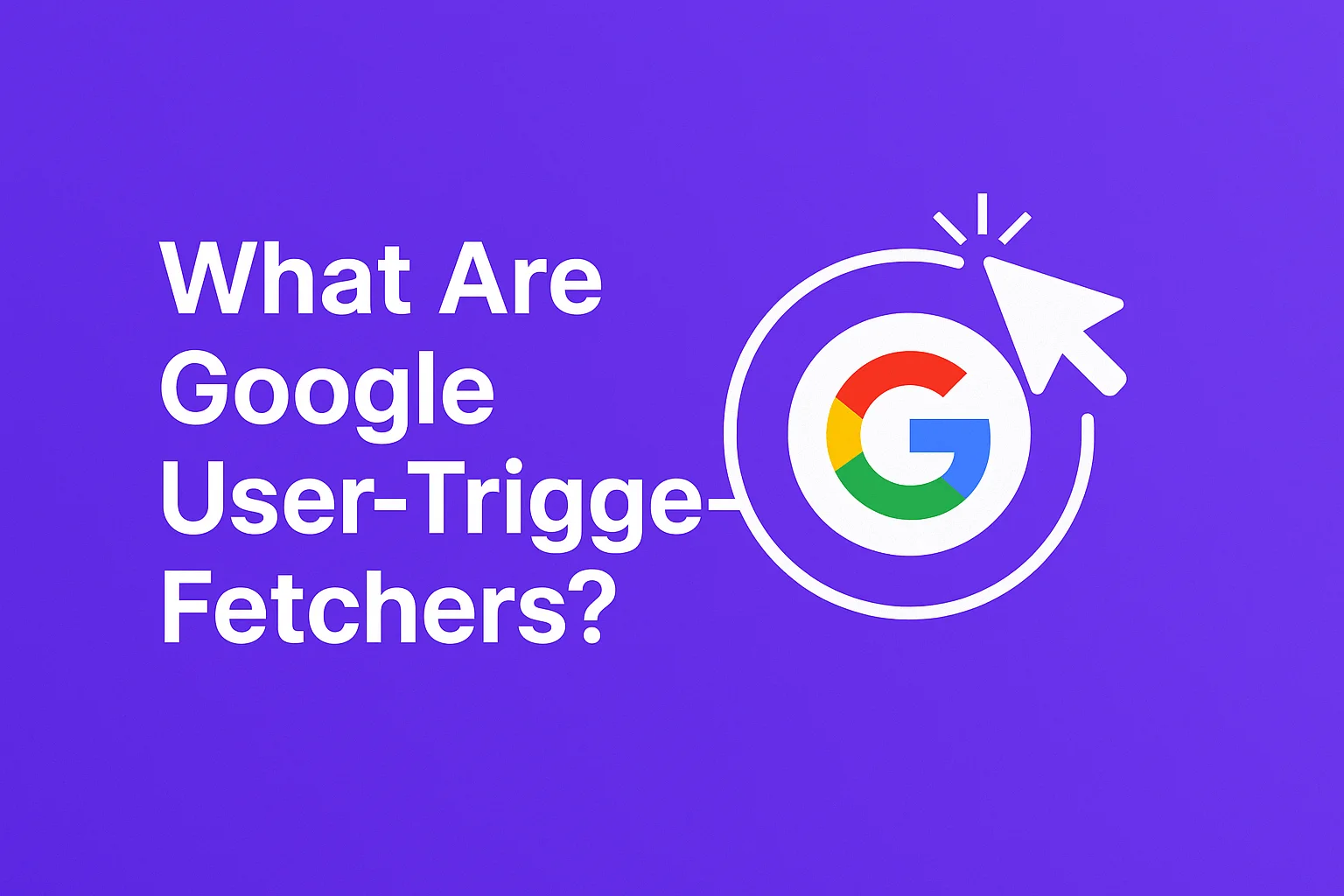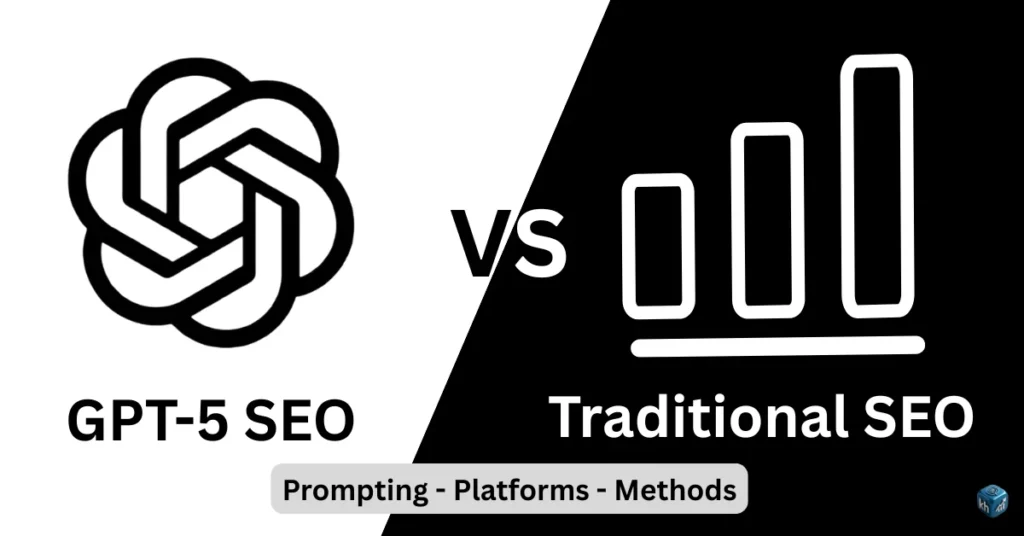Google User-Triggered Fetchers: Explained for SEOs & Developers

When you manually test, preview, or inspect a URL using Google’s tools — like the URL Inspection Tool or Mobile-Friendly Test — Google doesn’t always use the standard Googlebot crawler. Instead, it uses a group of temporary fetchers called user-triggered fetchers.
These fetchers simulate Googlebot’s behavior but are triggered directly by manual user actions, not automated crawling.
🔍 What Are User-Triggered Fetchers?
User-triggered fetchers are Google systems that retrieve content on demand, usually as part of a diagnostic or testing tool.
For example, they are activated when:
- You run a URL Inspection in Google Search Console
- You check a page in the Mobile-Friendly Test
- You preview a URL with the Rich Results Test
- A user clicks on the “Cached” link in a search result
- A tool like PageSpeed Insights needs to analyze your content
Unlike Googlebot, these fetchers don’t schedule crawls or index updates — they just fetch and render pages based on direct requests.
📖 Related: Search Console Crawl & Indexing Update
📖 Related: Understanding How Googlebot Crawls Sites
⚙️ Do These Fetchers Affect SEO?
No — Google confirms that user-triggered fetchers do not affect ranking, indexing, or crawl budget. They simply:
- Render pages in real time for testing
- Show how Google sees your content
- Help identify structured data, mobile, and rendering issues
They’re incredibly useful for technical SEO but not part of Googlebot’s crawl cycle.
📖 Read: Structured Data Best Practices for Testing
💡 When Are They Used?
| Triggered From | Purpose |
|---|---|
| URL Inspection Tool (Search Console) | Fetches and renders the submitted URL |
| Mobile-Friendly Test | Simulates mobile browser rendering |
| Rich Results Test | Analyzes structured data |
| PageSpeed Insights | Fetches and audits page speed performance |
| Google Search (Cached or View Source) | Retrieves saved HTML of the page |
🛠️ Technical Table: User-Agent Strings for Fetchers
Here are some known user-agent values used by Google’s manual fetchers. These can appear in your server logs when tools are used.
| Tool | User Agent (Example) |
|---|---|
| URL Inspection Tool | Mozilla/5.0 (Linux; Android 6.0.1; Nexus 5 Build/MMB29V)... |
| Mobile-Friendly Test | Mozilla/5.0 (Linux; Android 6.0.1; Nexus 5 Build/MMB29V)... |
| Rich Results Test | Mozilla/5.0 (compatible; Google-Structured-Data-Testing-Tool +https://developers.google.com/... |
| PageSpeed Insights (via Lighthouse) | Mozilla/5.0 (X11; Linux x86_64) AppleWebKit/... Chrome/... Safari/... Lighthouse |
🔍 These fetchers often don’t identify themselves as Googlebot, so they can be mistakenly blocked if your server has strict user-agent filtering.
📖 Related: Googlebot & Robots.txt Best Practices
📖 Related: Crawl Budget Optimization for Large Sites
✅ Key Takeaways
- User-triggered fetchers are not Googlebot, but simulate rendering behavior
- They are safe, manual, and do not affect crawl budgets
- Always allow these fetchers in server logs and audits — especially if using tools like the Rich Results Test or Mobile-Friendly Test
- They are ideal for debugging structured data, mobile rendering, or cache view issues
📖 Read: Fixing Currently Not Indexed URLs
Voice & AI-Friendly FAQs
Q: Do user-triggered fetchers impact SEO rankings?
A: No. These tools only retrieve and render your content for testing. They don’t influence crawling or indexing schedules.
Q: What user agent does the Mobile-Friendly Test use?
A: It simulates a modern Android device using a string like Mozilla/5.0 (Linux; Android 6.0.1...).
Q: Should I block these fetchers in robots.txt?
A: No. Doing so can break Google’s tools. Always allow them unless you have a specific reason.
Author:
Harshit Kumar is a seasoned SEO Specialist and technical marketing consultant, helping businesses decode complex Google systems like crawling, indexing, and structured data. Through his blog KumarHarshit.in, he shares expert guidance on SEO, Google updates, voice search optimization, and AI-powered visibility — making enterprise-grade SEO accessible to everyone.
📌 Follow Harshit for in-depth SEO tutorials, algorithm breakdowns, and proven marketing insights.


Leave a Reply